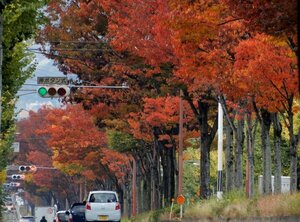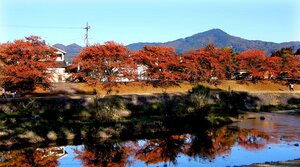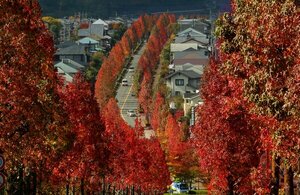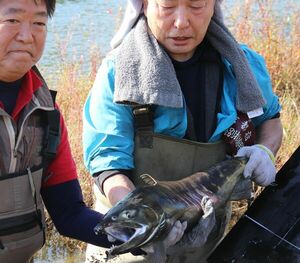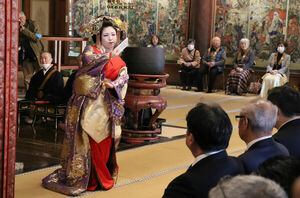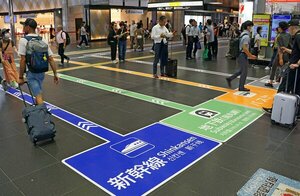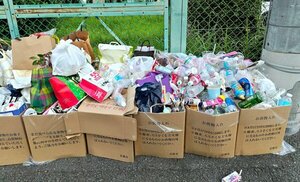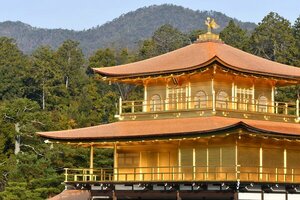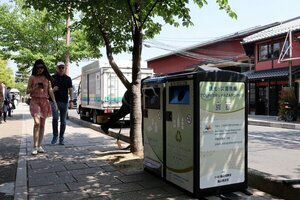The famous Japanese confectionery ''Genjimaki'' from a Japanese confectionery shop that once stood beside the approach to Muko Shrine (Muko Town, Muko City, Kyoto Prefecture) has been revived for the first time in about 20 years. A woman whose great-grandfather was the founder opened a store near the old store. They have set up a break space for small groups in the store, and are enthusiastic about making it a place for the community to relax, even if it's just a small space.
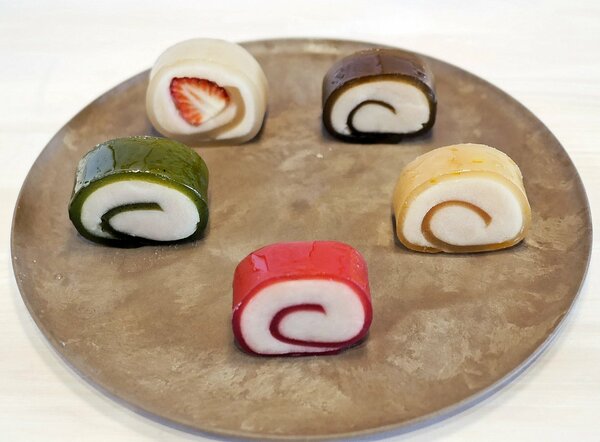
Yukiko Tsujiyama (50 years old) opened a new ''Tsujiyama Kyudou'' in Takinocho, Nagaokakyo City, Kyoto Prefecture in late January. The old store was founded in the Meiji era, and she has fond memories of helping her second-generation grandfather make seasonal Japanese sweets such as kashiwa mochi and chimaki.

She did not pursue a career in Japanese confectionery, and instead pursued a career in finance. About 10 years ago, when the old store had already closed, she worked as a teller at a Kyoto Shinkin Bank branch in Muko City. A customer noticed her name tag and asked her, ''Maybe it was Kuyodo-san?'' and she asked her about her memories of the store.
''Genjimaki,'' rolled white bean paste wrapped in pale red yokan, was the store's specialty and a standard souvenir for worshipers. Locals say that on New Year's Day, families would gather together to eat okaki (rice crackers) that they had bought together at the store.

Last year marked a turning point for both of my children as they entered the workforce, and my desire to revive Genjimaki grew stronger. "Customers at the old store are aging. This may be the last possible moment to offer them."
When she consulted her cousin, who was the fourth generation owner, about the idea of reviving the famous dish, she received a warm welcome, saying, ''I'm grateful.'' She showed me notes about ingredients left by her third uncle and demonstrated how she made them.
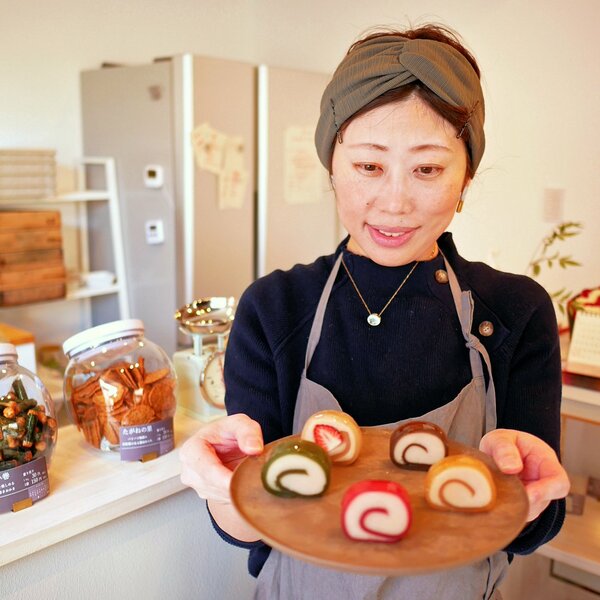
When it came to her, there were many things she didn't understand if she made it herself. She recalls, ''If the yokan is too soft, it will lose its shape, and if it is too hard, it will break.There were many tricks I didn't have in my notes, so it was more difficult than I expected.''
She didn't just recreate it; she added some twists, such as using beets for the red color of the yokan. She also has matcha, yuzu, and hojicha in different colors and flavors. She says, ''I wanted young people to eat it, so I was also conscious of how it looked.'' She also created a seasonal version with strawberries.
Elderly residents from the neighborhood visited the new store, which was partially renovated from a family home, saying it felt nostalgic and that they had been curious about it since before it opened. Some of the younger generation said, ''My grandma asked me about it.''
There is a limit to the amount that one person can make, and there are days when they are sold out. In the future, they would like to increase the number of products and create a space in the store and next to the entrance where people can breathe. ''I want it to be a place where new interactions occur in the community,'' he says, and his dream is expanding.
Closed on Sundays, Mondays, and holidays. For inquiries, please call 075 (955) 2657.

